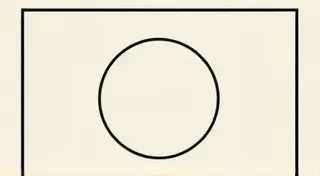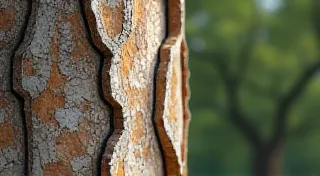Beyond Representation: Abstraction and the Essence of Form
Mokuhanga, the traditional Japanese woodblock printing technique, is often associated with stunning landscapes and meticulously rendered portraits. Think Hokusai's “The Great Wave,” a masterpiece of representational art, instantly recognizable and endlessly reproduced. But what lies beyond the surface of such iconic images? What happens when artists, steeped in the techniques of Mokuhanga, choose to move beyond faithful depiction, to explore the realm of abstraction and capture something far more elusive – the very *essence* of their subjects?
The journey to abstraction isn't a rejection of skill; quite the opposite. It demands an even deeper understanding of the materials, the tools, and the subtle nuances of the process. It’s akin to a musician who has mastered scales and arpeggios, and then decides to improvise, to let feeling and intuition guide their hands. It’s a freeing act, born of complete command.
The Weight of Tradition, the Pull of Innovation
Historically, Mokuhanga served vital functions – documenting flora and fauna for scientific study, reproducing Buddhist scriptures, and creating vibrant designs for textiles. These early prints were, by necessity, representational. But even within that framework, individual artisans found ways to inject their personality and aesthetic sensibilities. The subtle blurring of edges, the deliberate use of negative space, the unconventional choice of color – these were the seeds of innovation, the whispers of something more. This desire to express beyond the literal has resonated through Japanese art forms for centuries, finding its own voice in the subtle deviations from the expected.
Consider the history of musical instruments. I’ve spent years collecting and restoring antique accordions. Each one tells a story – a travelling musician playing in smoky cafes, a family gathered around a crackling hearth, a lonely soul seeking solace in melody. Many are meticulously decorated, meticulously painted to evoke a particular scene or emotion. But the finest accordions – the ones that truly *resonate* – possess a certain inherent quality. It’s not merely about the depiction of bellows and keys; it's about the *feeling* the instrument evokes – the warmth, the melancholy, the resilience. That, I believe, is the parallel with abstract Mokuhanga. The skill lies not just in recreating an object but in capturing its soul.
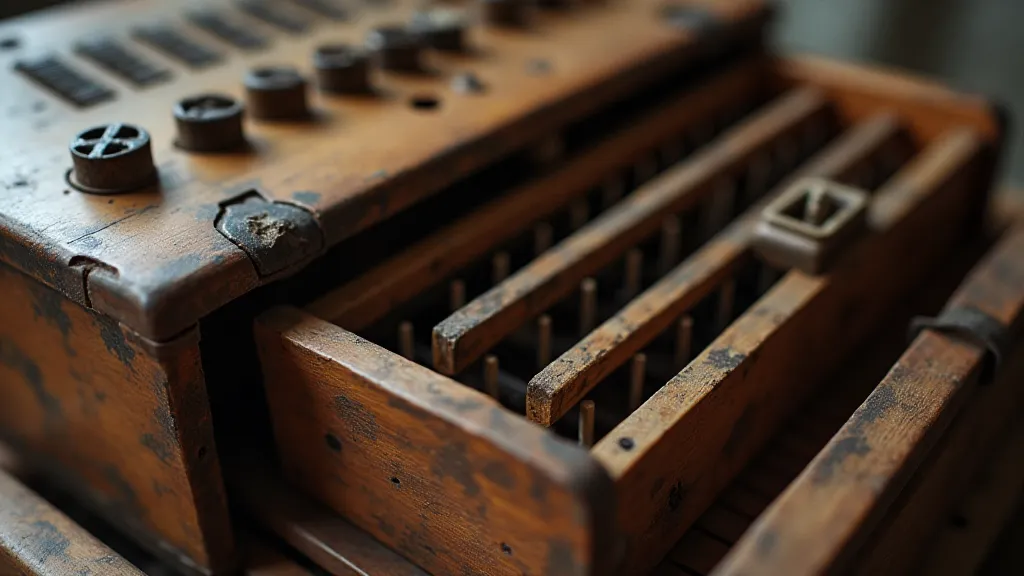
Embracing Impermanence: The Wabi-Sabi Aesthetic
Japanese aesthetics profoundly influence Mokuhanga, particularly the concept of *wabi-sabi* – finding beauty in imperfection, transience, and simplicity. This isn't about intentional damage or carelessness; it's about acknowledging the natural processes of decay and aging, and embracing them as integral parts of the artistic expression. A woodblock, carved by hand, will inevitably bear the marks of the artist’s tools, the subtle variations in the grain of the wood. These aren’t flaws to be corrected; they're signatures of authenticity. Often, the most compelling pieces arise from a willingness to accept and highlight these natural occurrences—a philosophy that extends to the very selection of materials. Even the choice of wood itself, with its inherent grain and imperfections, plays a crucial role. It’s an acceptance that informs every step of the creation process.
In abstract Mokuhanga, these imperfections are amplified. The artist might deliberately allow for bleeding of colors, or embrace the unpredictable nature of the water-based inks. They might use unconventional carving techniques to create textures that defy easy categorization. The result is often surprising, challenging, and deeply moving. The grain of the wood isn't simply a characteristic to be worked around; it becomes a collaborator, a guide in the creative process. The challenge is to reveal, not conceal, its personality. The process is inextricably linked to a profound respect for the material.
The Language of Color and Texture
Abstraction in Mokuhanga isn't just about eliminating recognizable forms; it's about creating a new visual language. Color becomes a primary driver of emotion, texture a tactile experience for the eye. The traditional Mokuhanga palette – often dominated by earthy tones and subtle gradients – lends itself beautifully to abstract expression. The delicate layering of colors, the translucent quality of the inks, allows for a depth and complexity that is difficult to achieve with other printmaking techniques. The choice of color and its interaction with the wood's natural texture are critical. Consider how a deep indigo can accentuate the swirling patterns of the grain, or how a pale ochre can evoke the warmth of aged wood. It’s a conversation between the artist, the ink, and the medium.
Imagine a print composed solely of layered blues and grays, suggestive of a stormy sea, yet devoid of any literal depiction of waves or clouds. The viewer is invited to project their own experiences and emotions onto the image, to find their own meaning within the abstract forms. This is the power of abstract Mokuhanga – its ability to bypass the intellect and speak directly to the soul. It's a form of communication that transcends language, tapping into a shared human experience. The absence of representational cues forces a deeper engagement, a willingness to explore the nuances of color and form.
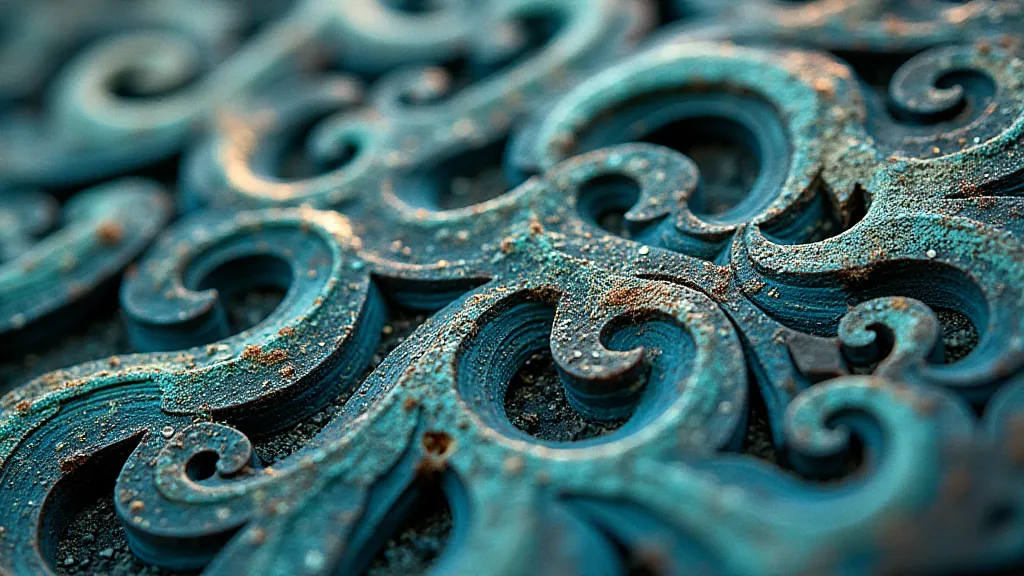
The Craftsman’s Mark: Beyond the Image
The creation of an abstract Mokuhanga print is a deeply personal and demanding process. It requires not only technical skill but also a willingness to experiment, to take risks, and to embrace the unpredictable. The marks of the craftsman aren't just visible in the image itself; they're present in every meticulous cut of the woodblock, in every careful application of ink, in every deliberate imperfection. Just as the most compelling musical instruments possess a unique character, developed over years of use and subtle repairs, a Mokuhanga print bears the indelible mark of its creator’s hand. The artistry lies not only in the final product, but also in the process, the journey of creation itself.
Restoration, when necessary, becomes an exercise in honoring that craftsmanship. Cleaning a damaged woodblock isn't about erasing its history; it's about revealing the beauty that lies beneath the surface. Replacing a cracked key on an accordion isn’s about restoring the instrument to its original state; it’s about ensuring that it can continue to sing, to resonate with the same emotional depth. Indeed, often the imperfections that accumulate over time—the worn keys, the faded varnish—contribute to the instrument’s unique voice, its distinctive personality. The goal is not to restore it to a pristine state, but to preserve its history, to celebrate its journey.
Collecting Abstract Mokuhanga: A Journey of Discovery
Collecting abstract Mokuhanga is a journey of discovery, a chance to connect with artists who are pushing the boundaries of a centuries-old tradition. It’s not about acquiring a pretty picture; it’s about acquiring a piece of history, a testament to the power of human creativity. Look for prints that exhibit a sense of spontaneity, that betray the artist’s hand, that evoke a feeling of quiet contemplation. Sometimes, these prints seem to whisper secrets, to hint at a deeper meaning that lies just beyond our grasp. They invite us to slow down, to observe, to reflect.
Furthermore, the appreciation extends to the subtle variations in the wood itself – the swirling grain, the subtle discoloration, the unique texture. These aren't flaws; they're hallmarks of authenticity, reminders of the print’s journey from the artist's studio to our homes. For those fascinated by this philosophy, exploring the artistic choices behind wood selection can be incredibly insightful. Understanding how an artist considers the material's intrinsic qualities can add another layer of appreciation. Further insights into the selection process are explored in "The Whispering Grain: Revealing Character Through Wood Selection in Mokuhanga".
Similarly, when collecting antique accordions, consider the instrument's history, its provenance. A simple inspection of the bellows, the keys, the decorative elements can reveal a wealth of information about its past. A slightly faded inscription, a tiny repair, a worn-out handle – these are all reminders of the instrument’s journey through time, testament to its enduring appeal. The stories these instruments hold are often as captivating as their music, and provide an unparalleled window into the lives of those who played them. For a deeper exploration of these details, consider the nuanced language of imperfection as discussed in "Carving Silence: Finding Resonance in the Absence of Detail".
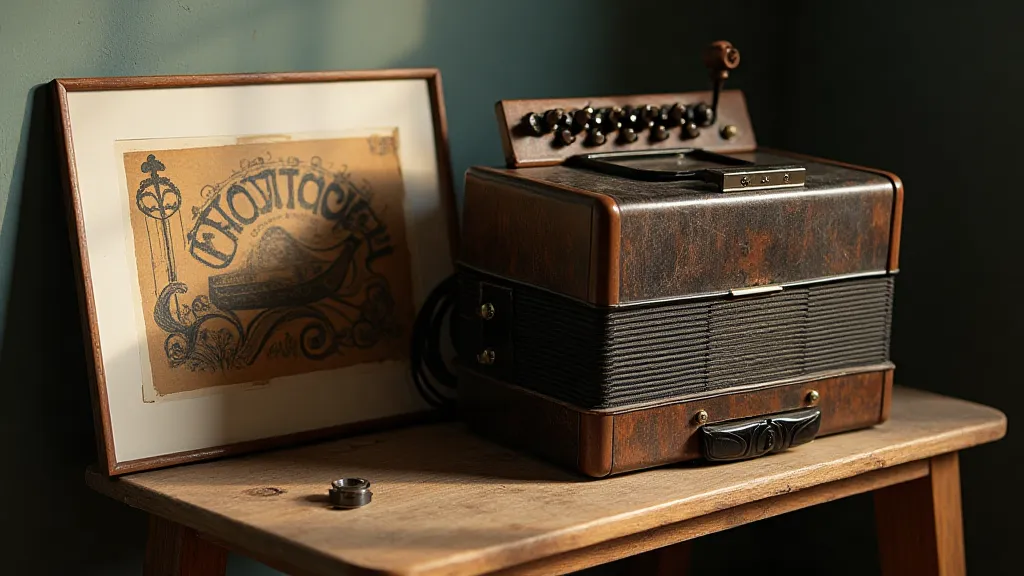
Abstract Mokuhanga offers a profound and rewarding experience for both artist and viewer. It's a testament to the enduring power of traditional art forms, and a celebration of the human spirit’s ability to transcend the limitations of representation and capture the essence of form. The ability to convey emotion and evoke a sense of wonder through such a deliberate absence of literal representation is a testament to the power of human creativity. The very act of embracing the ephemeral and finding beauty in the imperfect aligns with a deep appreciation for the natural world and a recognition of the interconnectedness of all things. To further explore the concept of fleeting impressions and the beauty they hold, read "Ephemeral Echoes: The Ghost Impressions of Mokuhanga". The deliberate techniques that produce these fleeting moments are just as intriguing as the final product.


